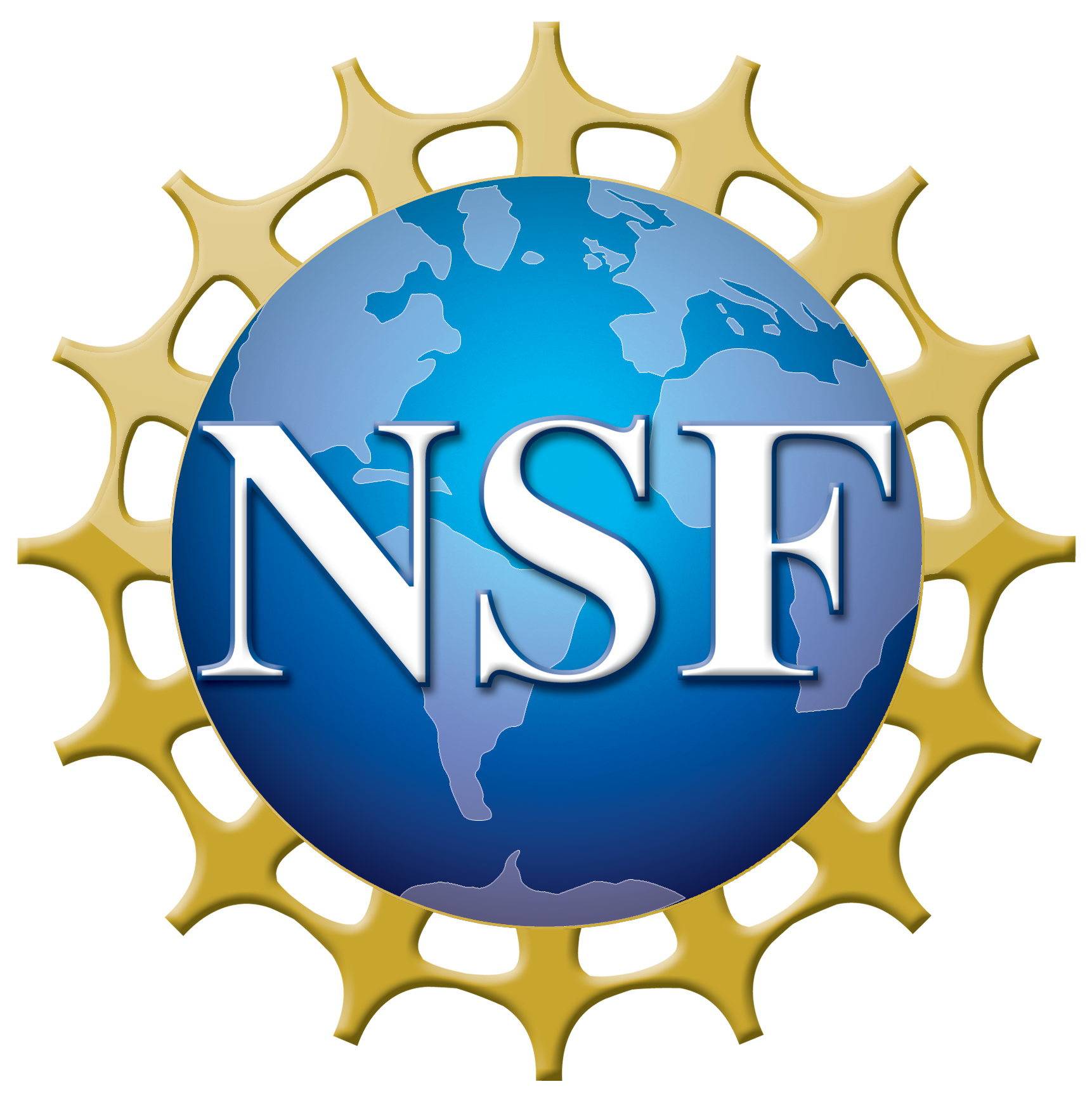Static Version 9.13.19 This is a static version of the BASIL student manual generated on 9.13.19. If you would like to access the continually updating version of the manual go to https://basilbiochem.github.io/basil/.
This curriculum from the BASIL (Biochemistry Authentic Scientific Inquiry Laboratory) biochemistry consortium aims to get students to transition from thinking like students to thinking like scientists. Students will analyze proteins with known structure but unknown function using computational analyses and wet-lab techniques. BASIL is designed for undergraduate biochemistry lab courses, but can be adapted to first year (or even high school) settings, as well as upper-level undergraduate or graduate coursework. It is targeted to students in biology, biochemistry, chemistry, or related majors. Further details about the BASIL biochemistry consortium can be found on the BASIL blog.
The curriculum is flexible and can be adapted to match the available facilities, the strengths of the instructor and the learning goals of a course and institution. These lessons are often used as part of upper-level laboratory coursework with at least one semester of biochemistry as a pre-requisite or co-requisite. The lab has been designed for classes ranging from 10-24 students (working in teams of two or three) per lab section. This lesson can be adapted to laboratory courses for introductory biology, cell and molecular biology, or advanced biology labs.
Additional Information for Instructors
Additional information for instructors is available to registered university faculty. Learn more on our instructor information page.
If you use the resources from this page, please cite this work as:
McDonald AR, Bernstein HJ, Daubner SC, Goodman A, Irby SM, Koeppe JR, Mills JL, O’Handley SF, Pikaart MJ, Roberts RA, Sikora A, Craig, PA. BASIL Biochemistry Curriculum. https://basilbiochem.github.io/basil/, 2019.
Complete citation information
Right click to download CFF citation file
Acknowledgements

This work is supported by NSF IUSE 1503811, 1503699, 1502720, 1503676, 1503710, 1503798, 1503734, 1709170, 1709805, 1709592, 1710583, 1709355, 1709278, and 1710051.
The authors also wish to thank all of the faculty and students who have contributed to the development of the BASIL CURE curriculum.